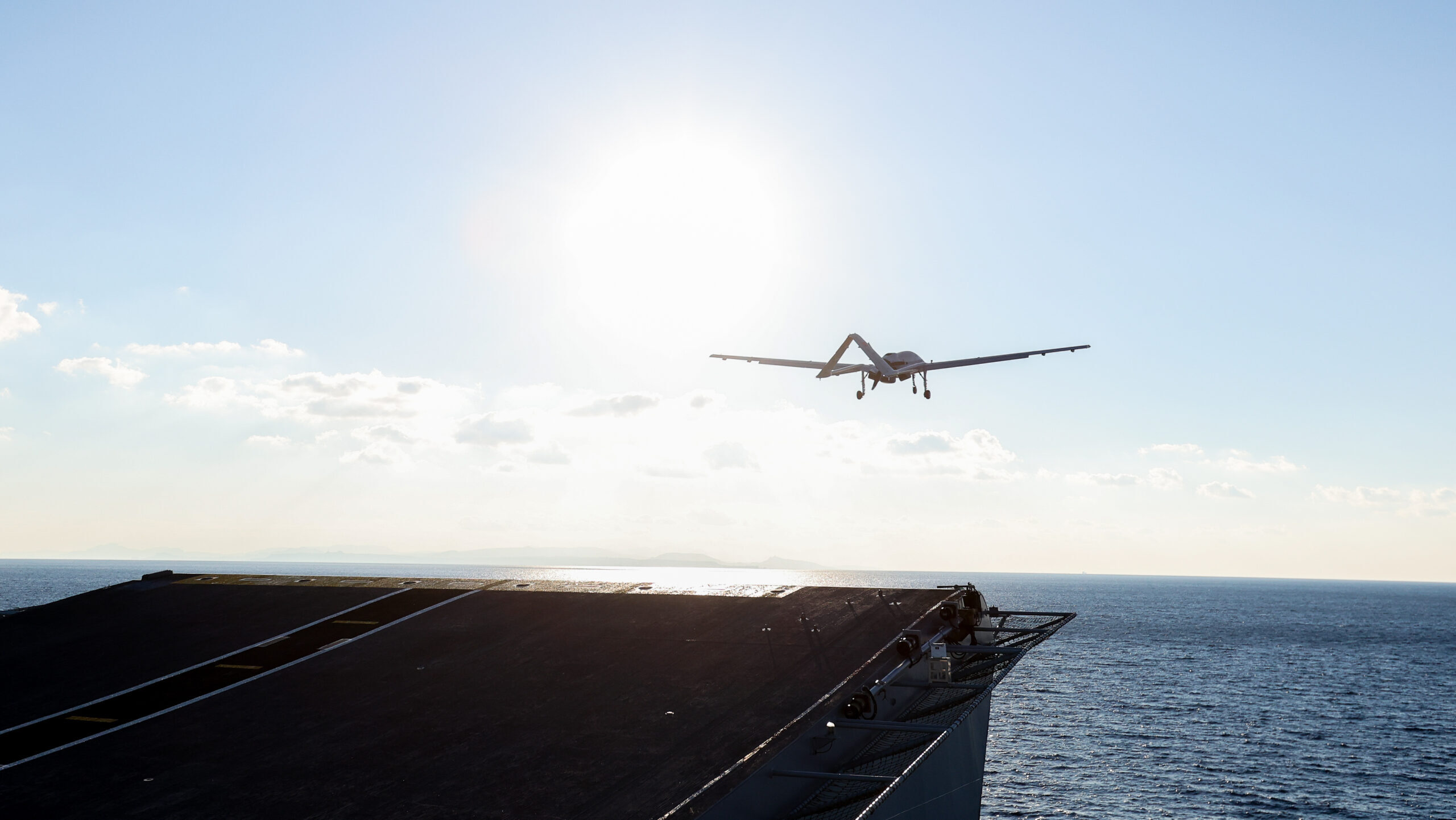Army reconsidering prepositioned stock strategy, ‘doubling down’ on Indo-Pacific, general says
Army Materiel Command Lt. Gen. Christopher Mohan said the service could disband a floating, mobile cache of weapons and equipment and instead distribute them in friendly territory.
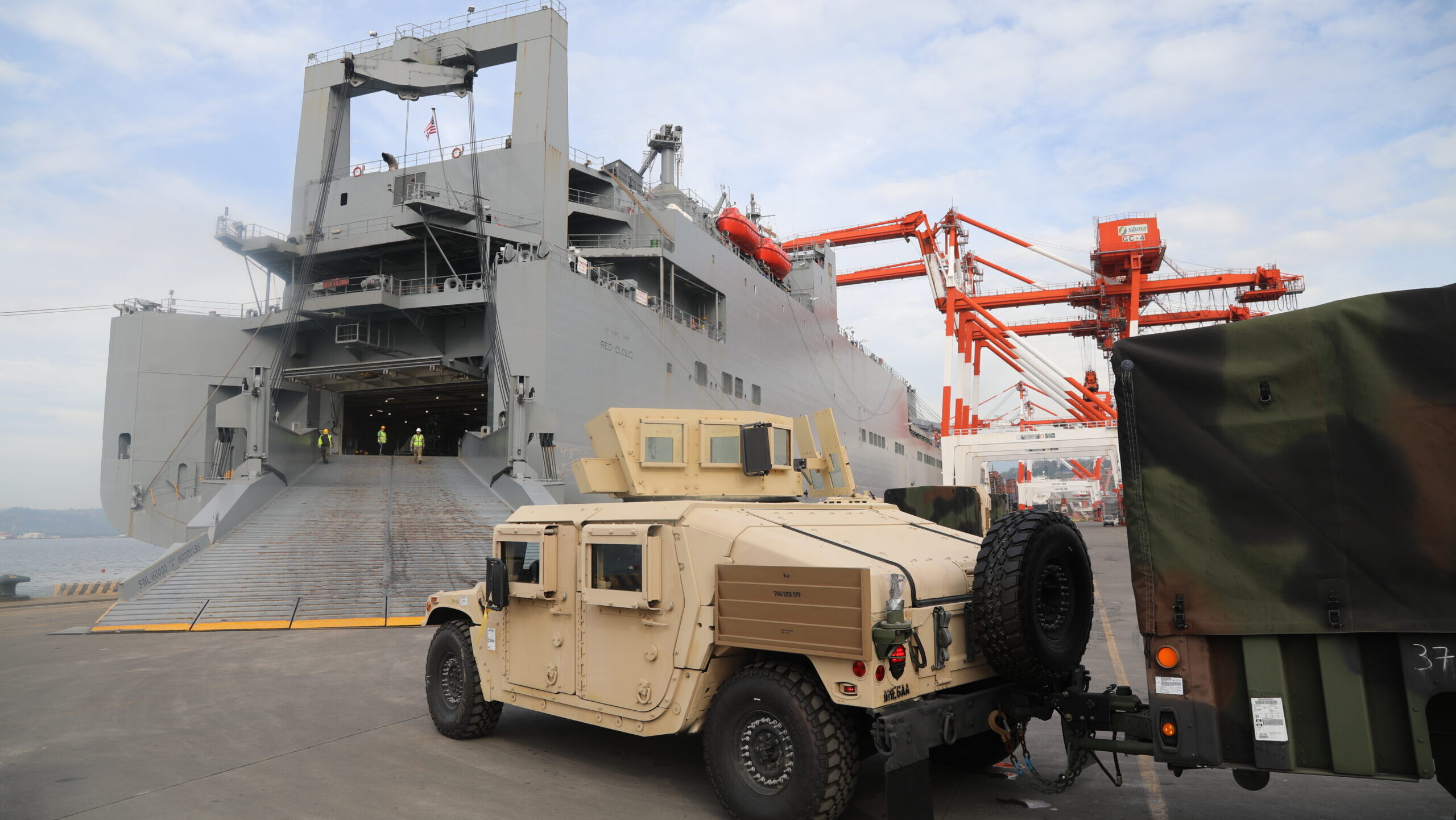

After completion of Balikatan 2022, all military vehicles from the Army Prepositioned Stock 3, military vehicles assigned to the 402nd Army Field Support Brigade are successfully uploaded to the U.S. Navy Ship Red Cloud at Subic Bay, Philippines April 11, 2022. (Photo by Master Sgt. Shelia Fourman, 8th Theater Sustainment Command)
GLOBAL FORCE 2025 — The US Army is “having the conversation” about the future of its global prepositioned stocks strategy, and is weighing jettisoning its only floating, mobile cache in favor of putting those arms and equipment in friendly territory somewhere in the Indo-Pacific region, according to a three-star general.
“That’s predecisional still,” acting commanding general of Army Materiel Command, Lt. Gen. Christopher Mohan, emphasized to Breaking Defense on Wednesday. “We are having the conversation about APS [Army Prepositioned Stocks] strategy… [and] we’re doubling down on INDOPACOM from a theater standpoint. Where do we have APS around the world and what lessons have we learned with the utilization APS in Ukraine?”
There are currently seven Army Prepositioned Stocks (APS) aligned with different regions around the globe, including APS-4 for Northeast Asia and APS-5 for Southwest Asia. But it’s APS-3 afloat, which consists of seven ships chock full of equipment that currently could be called on for use in Europe, the Middle East or the Indo-Pacific, that could be on the chopping block.
The Army’s Deputy Chief of Staff for Operations, Plans, and Training, or G-3, is currently leading that APS strategy overhaul with Mohan’s team also involved.
If Pentagon leaders ultimately sunset the floating APS, Mohan said the service is eyeing plans to distribute the equipment sets throughout the region. That means identifying the countries to place distributed sets, and then, potentially, inking agreements with those individual countries.
“[It’s] more challenging in INDOPACOM, because it’s bilateral versus having an alliance,” Mohan said. “It’s easy to say we’re going to put APS in Germany, and then we’re going to employ it in Lithuania, Poland, because they have the Schengen zone.”
In recent years Army leaders have tested logistics assumptions for the afloat APS in various exercises and events like Talisman Sabre 2023 in Australia.
For that exercise, the Army used five unit sets worth of equipment, which is basically about a third of one ship. But it’s not as easy as pulling the ship up to a pier offloading the weapons.
Australia’s strict agricultural inspection guidelines require the inspection of all military equipment entering the country for pests, meaning the service spent months preparing, according to Maj. Gen. Jered Helwig, who at the time of the exercise was leading the 8th Theater Sustainment Command. (Helwig now has a third star and is the deputy commander for US Transportation Command.)
Army Abrams tanks and other equipment from APS 3 that would be used in the exercise had to first go to Hawaii for a deep cleaning. The equipment was then loaded back onto the ship with an agricultural inspector onboard outfitted with pesticides standing guard until they arrived in Australia. It’s an ecological precaution for which there doesn’t seem to be an exception.
“If we went to war, would [Australia] really make us do it? And we [vehemently] think, ‘Yes.’ We’ve seen this in Europe,” Helwig added.


































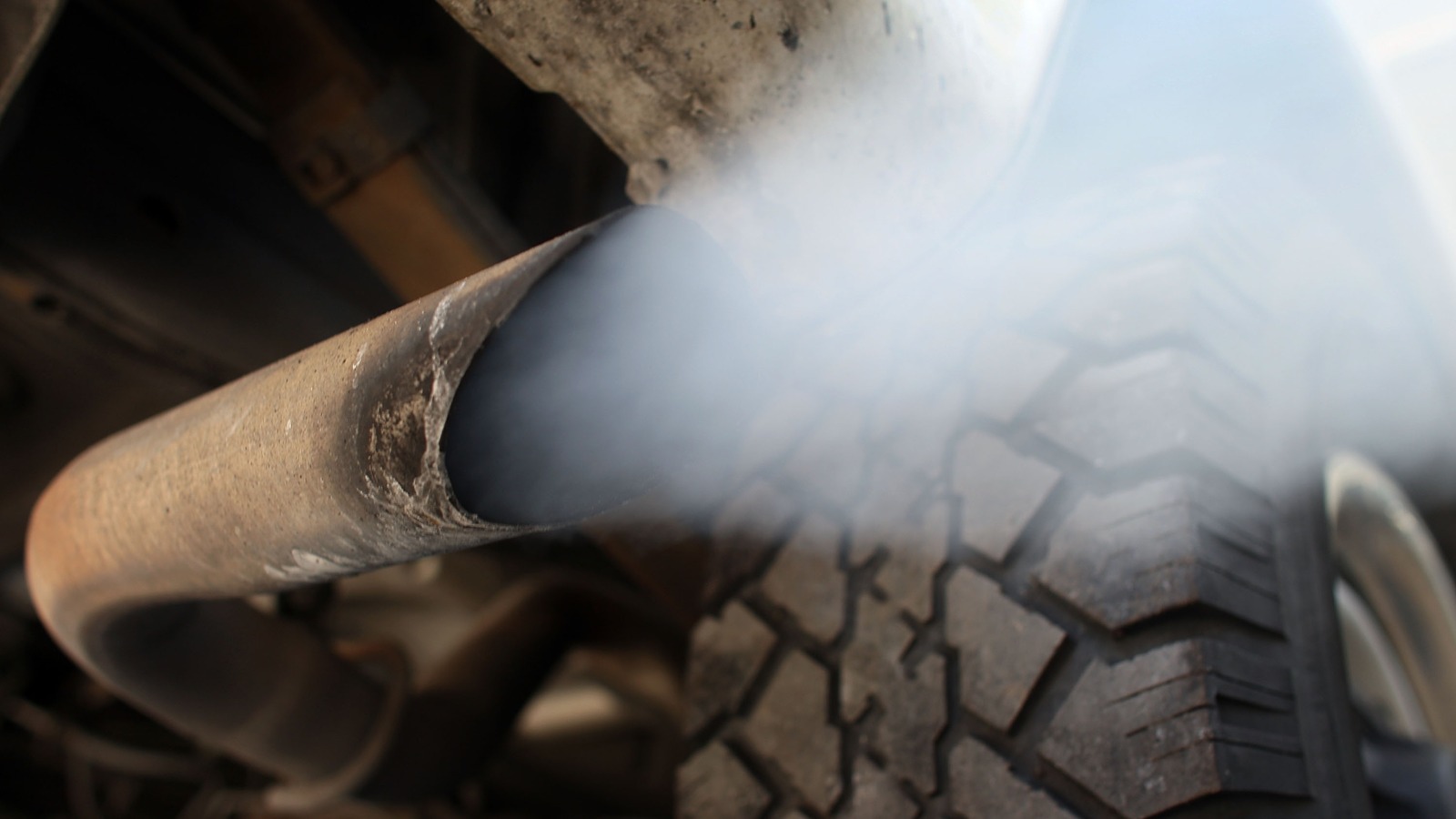
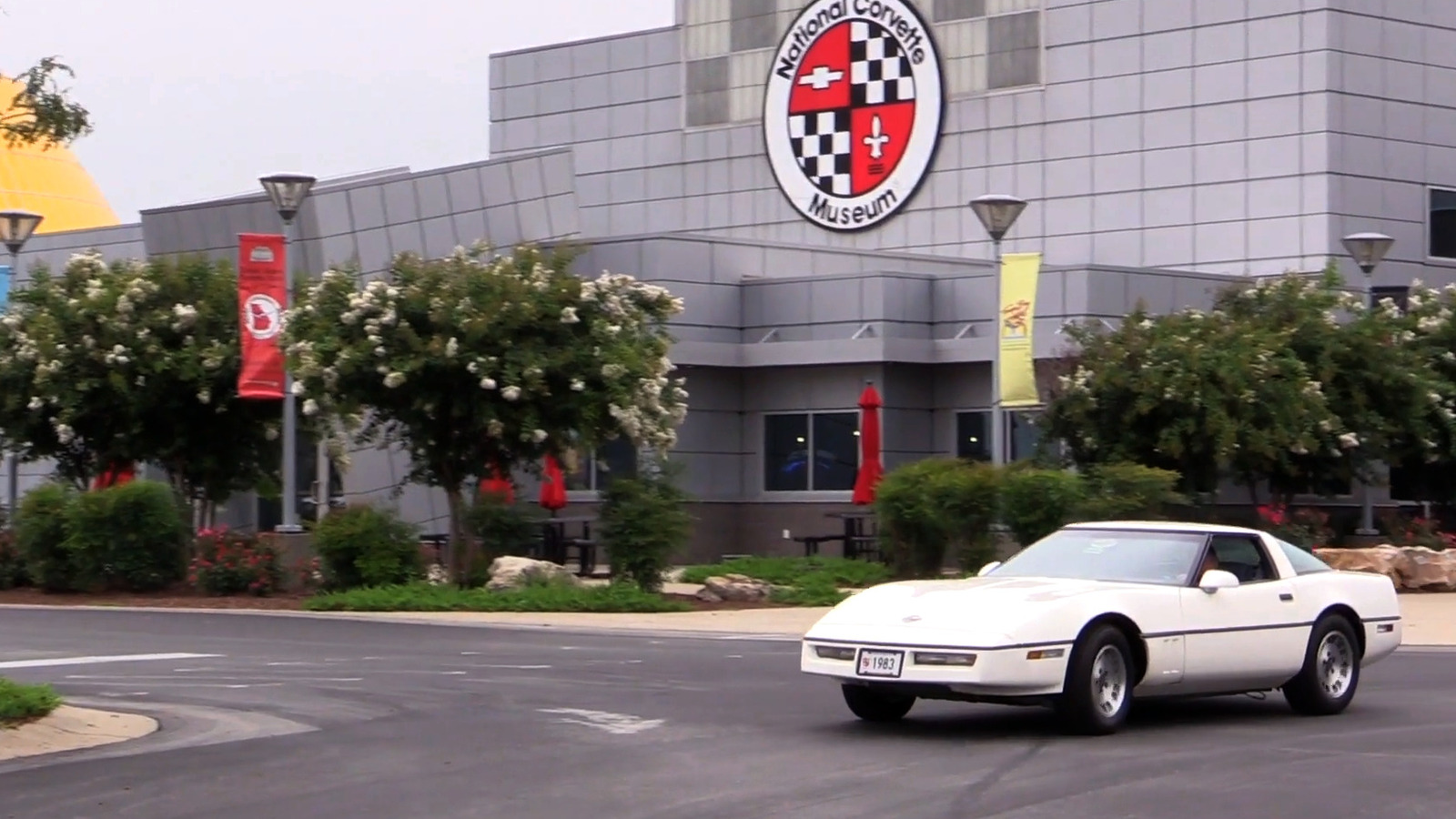






























































![The sights of Avalon Air Show 2025: Day Three [PHOTOS]](https://breakingdefense.com/wp-content/uploads/sites/3/2025/03/f-35-avalon-final-day-scaled-e1743079275404.jpg?#)
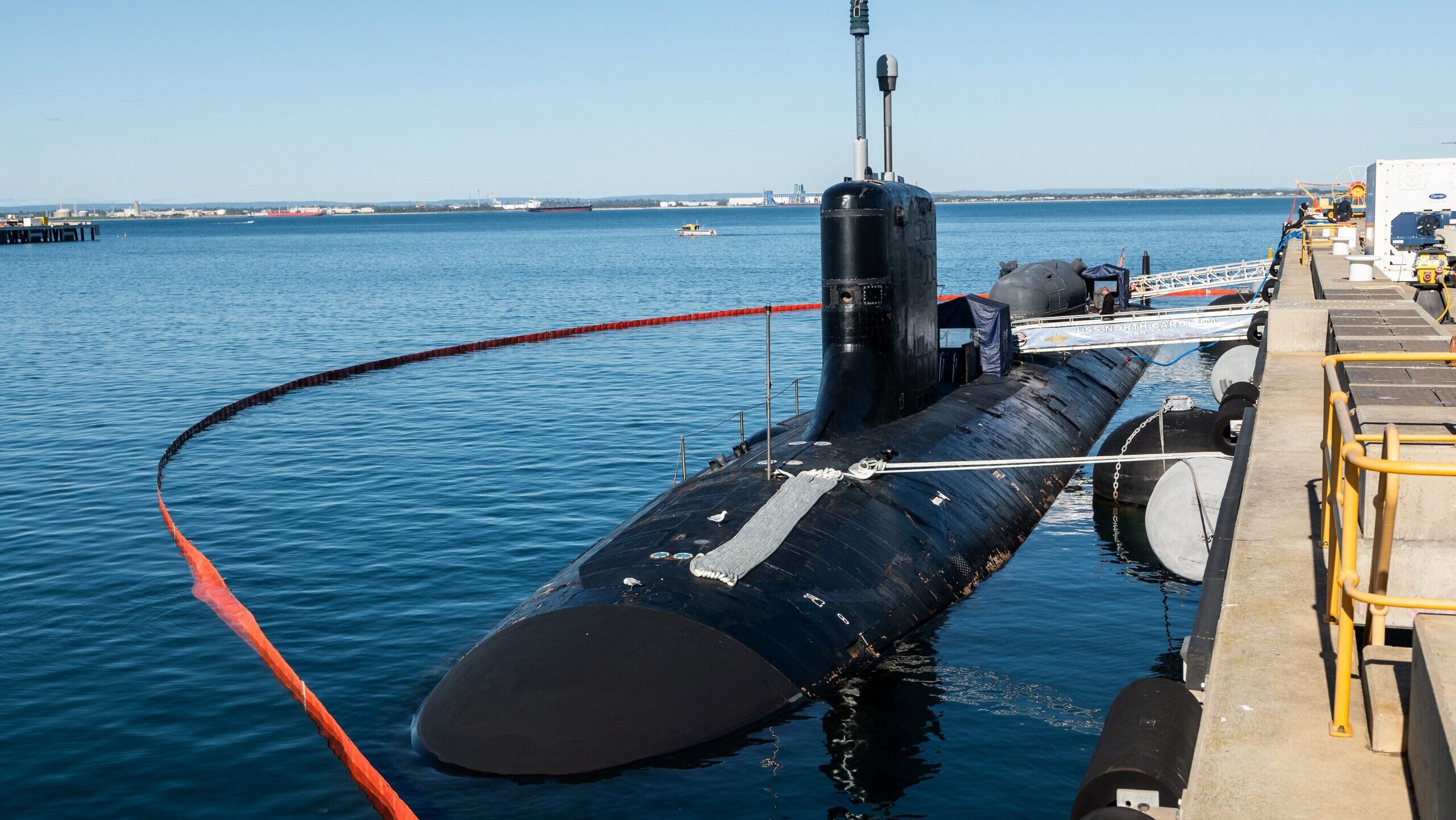










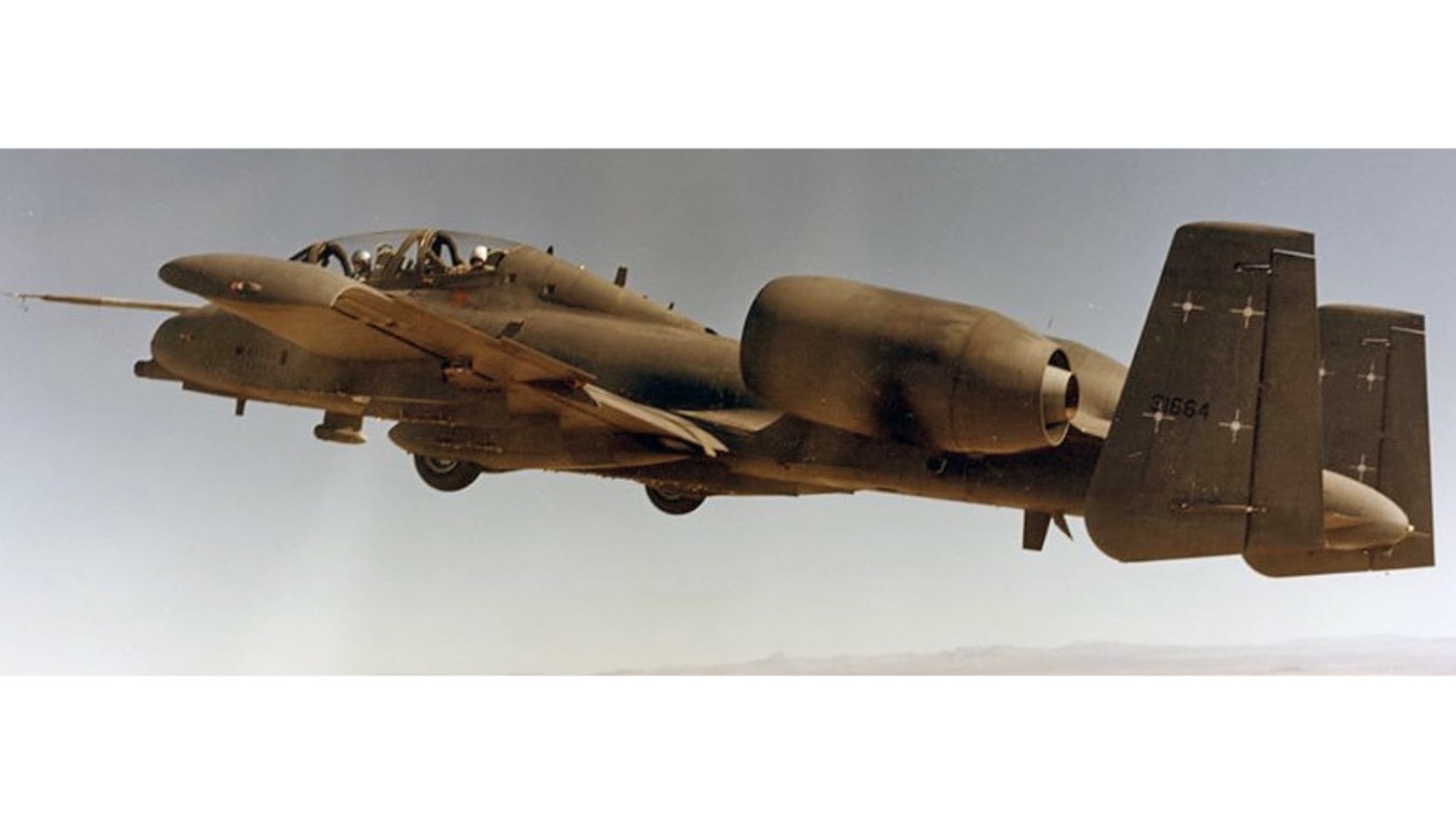
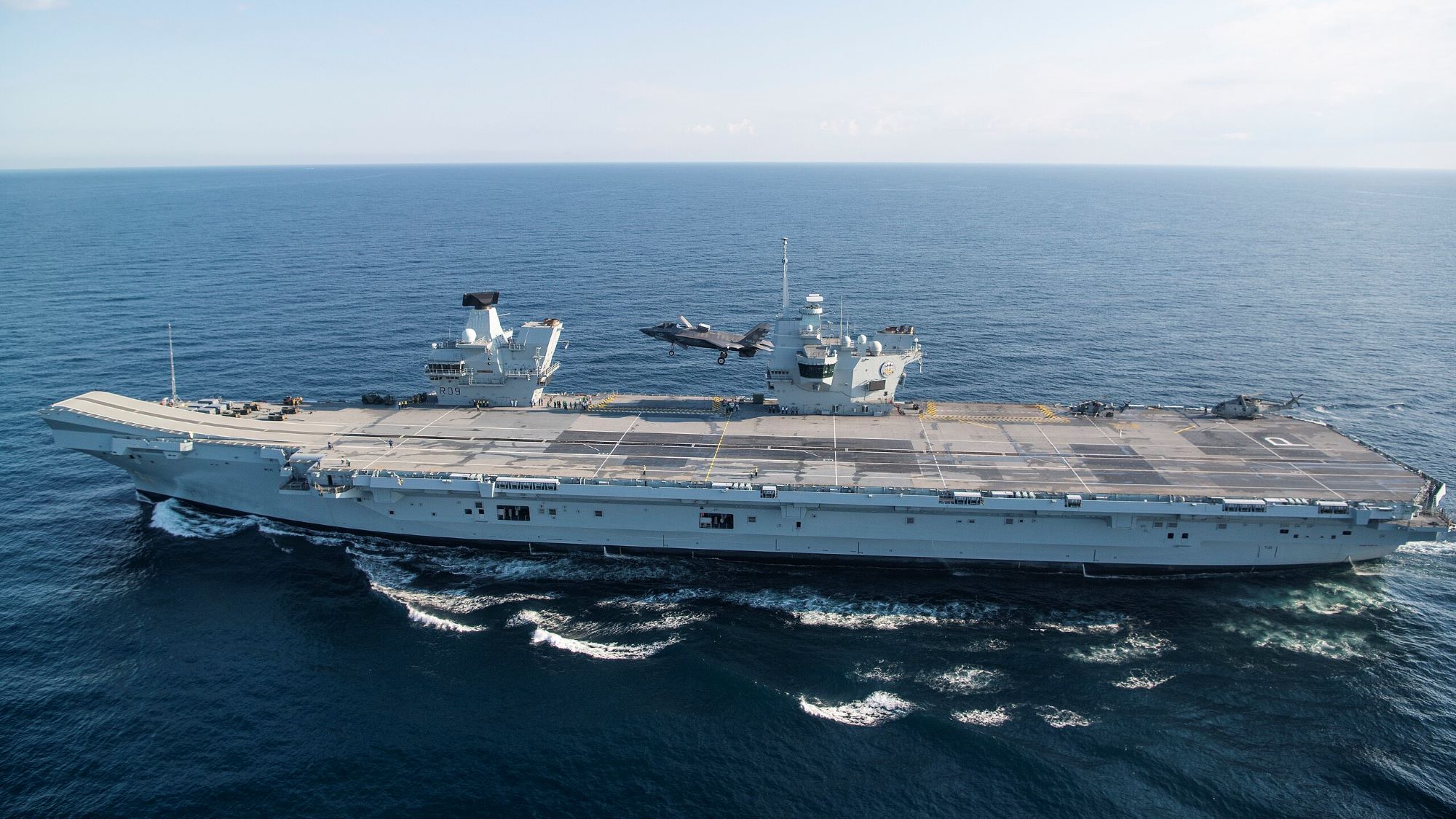
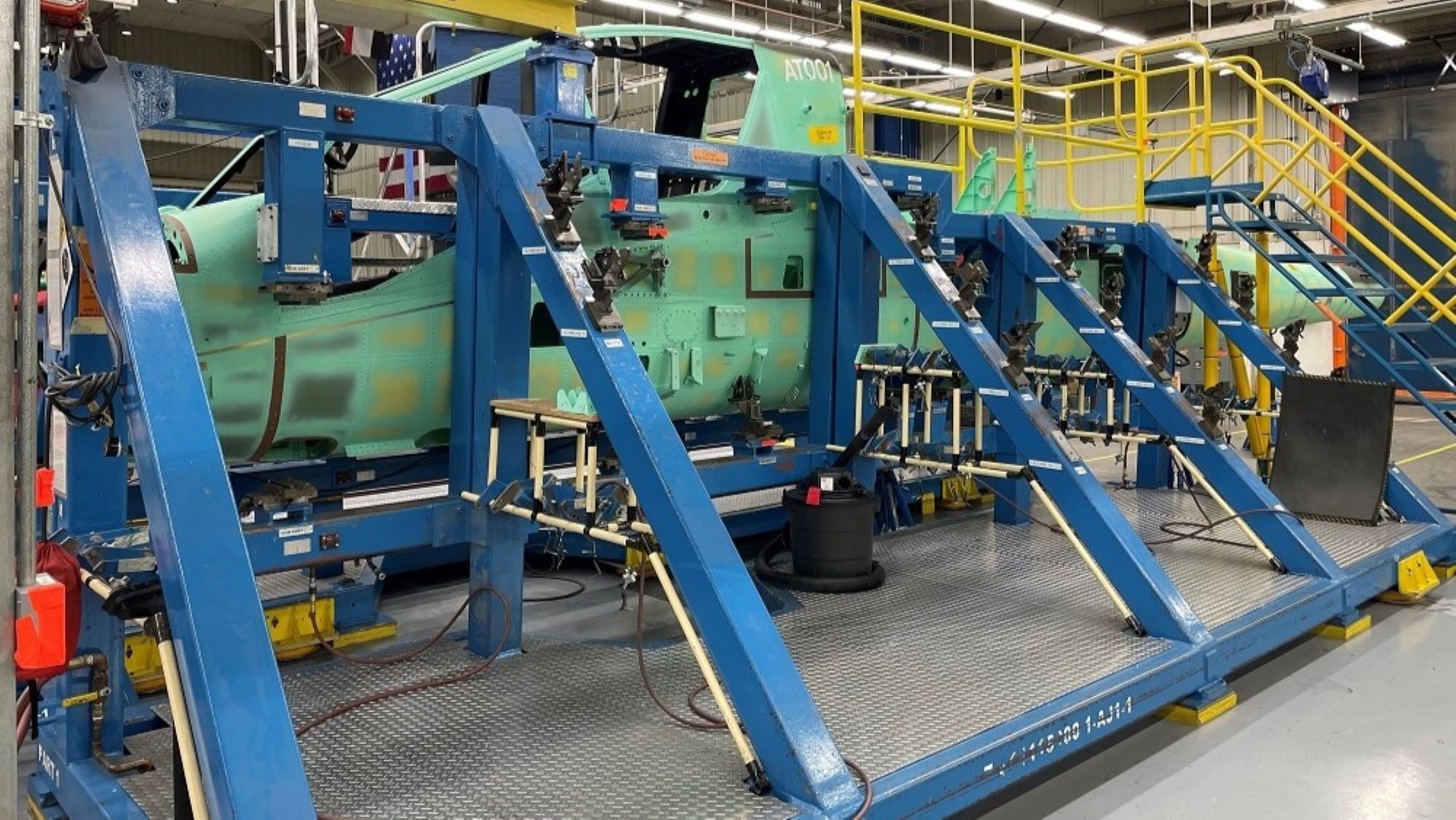





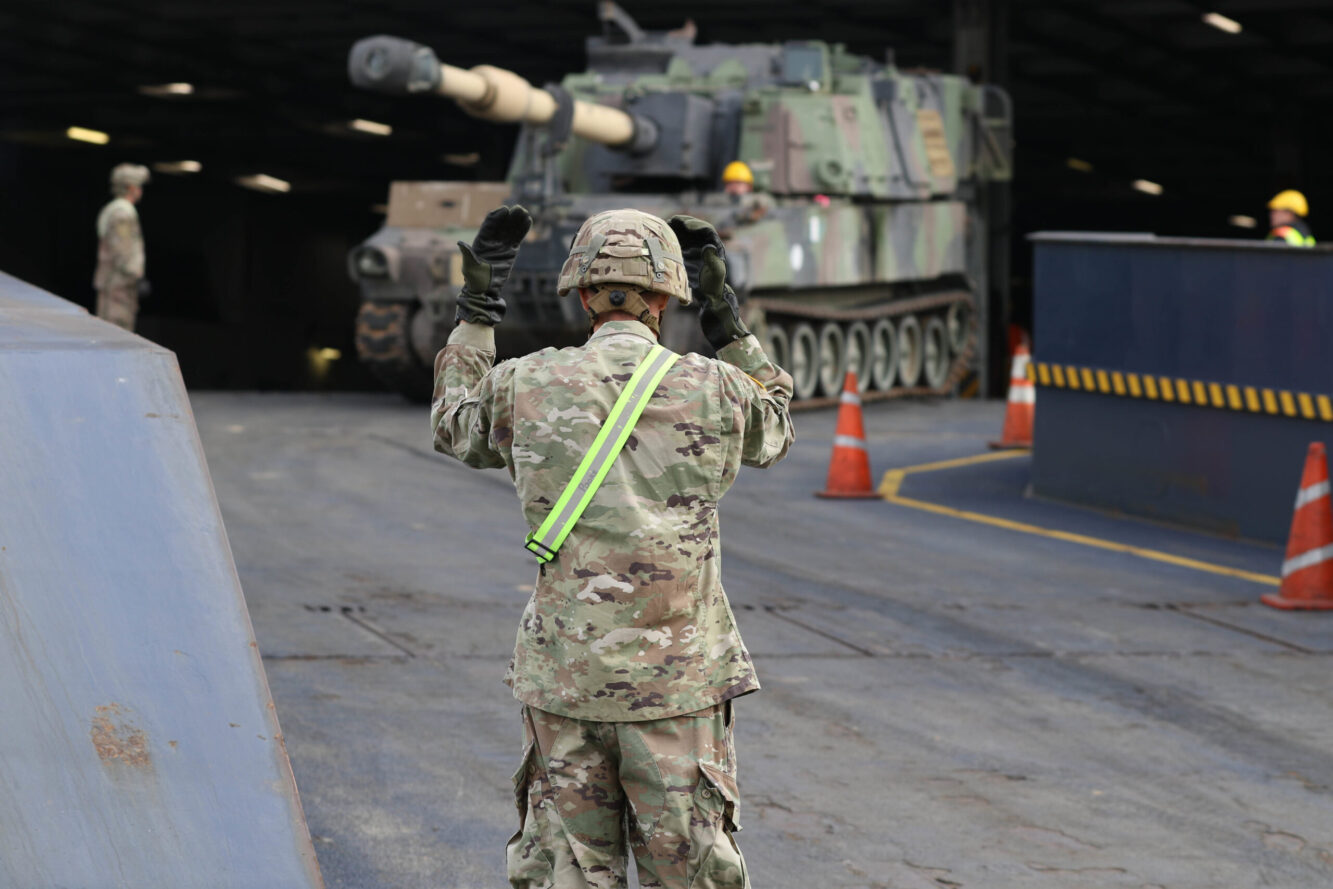

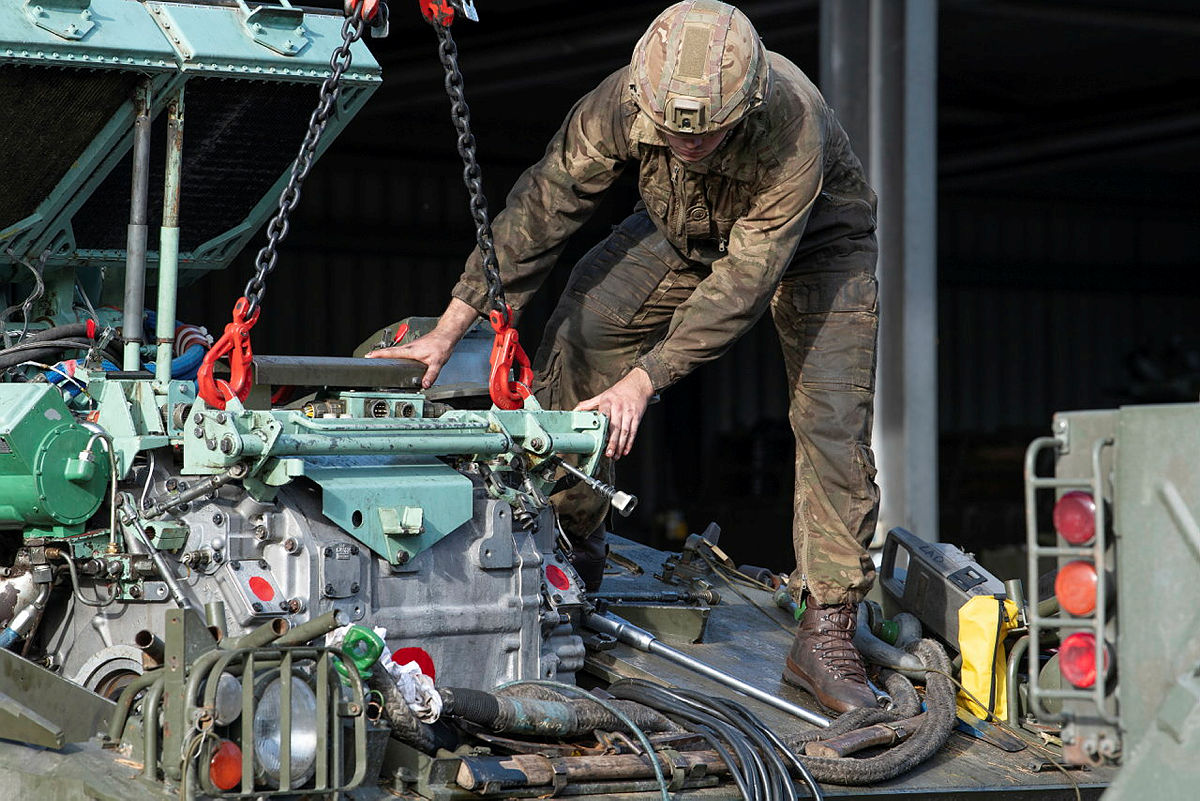



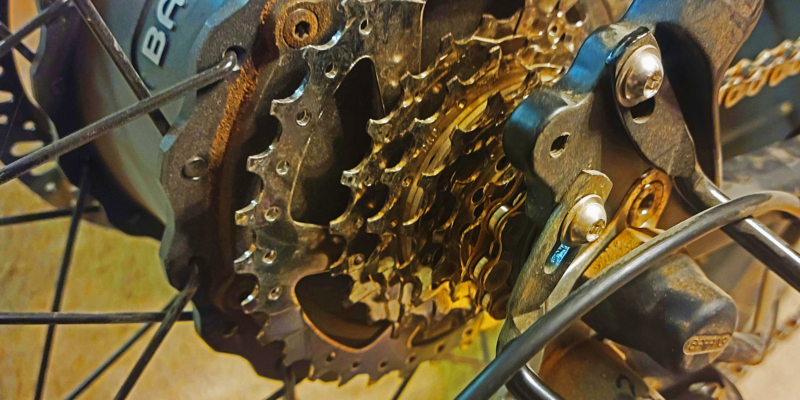











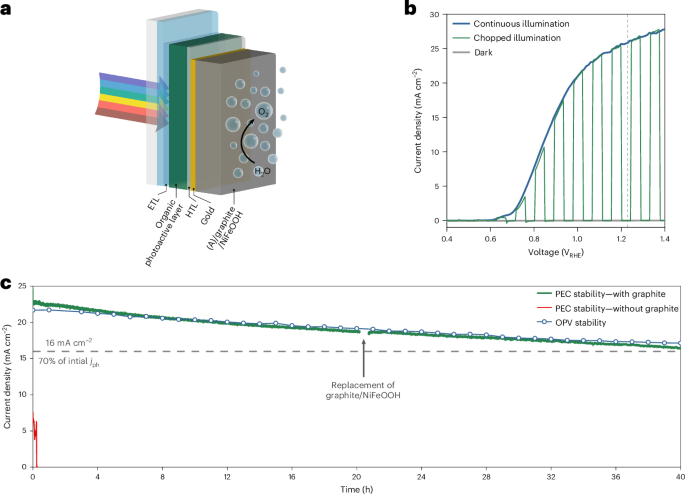
































.jpg)





